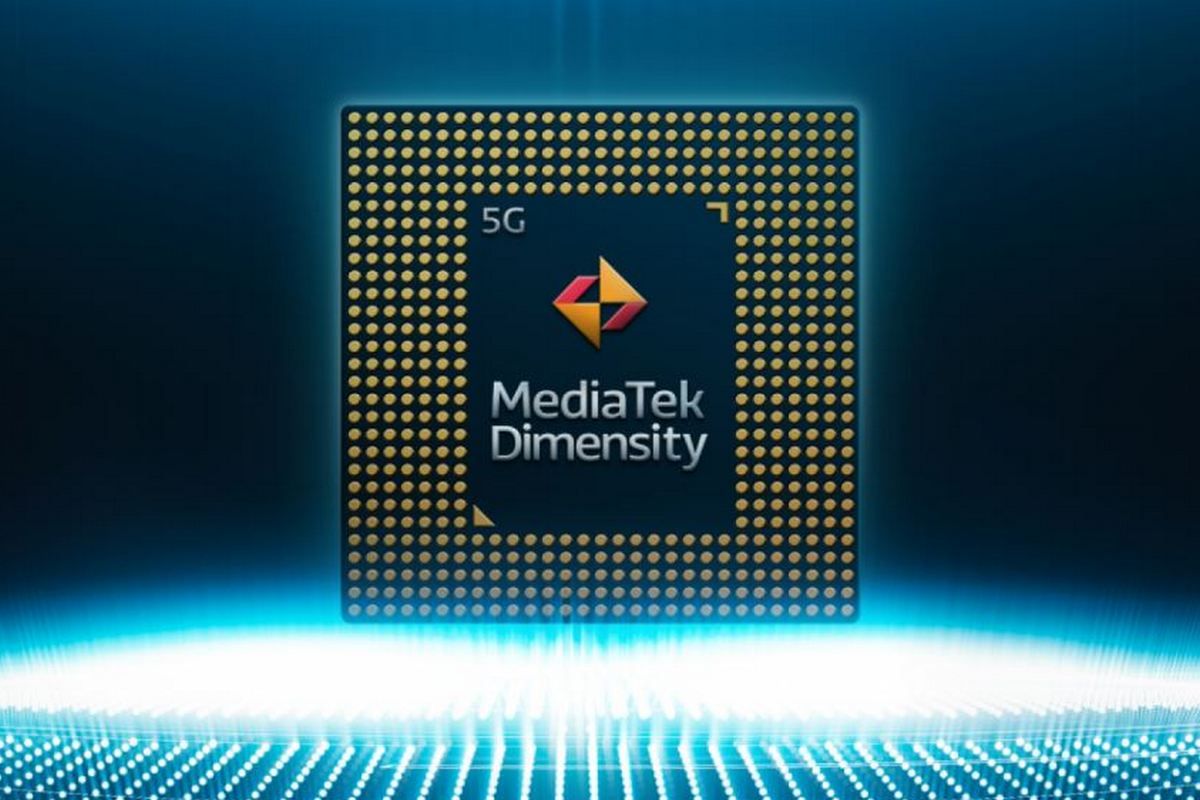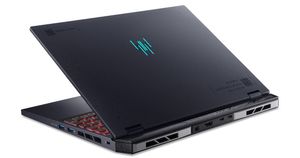
At the ongoing Computex 2019 event in Taipei, MediaTek has announced its first 5G-integrated mobile processing chipset for flagship smartphones. The company is yet to give a name to the chipset but it has revealed that associate brands will begin testing the 7nm 5G-ready SoC in the third quarter of this year.
MediaTek also announced that phones equipped with the 5G-ready chipset would penetrate the market by the beginning of 2020, which coincides with the launch of the Qualcomm Snapdragon 865.
MediaTek’s New 7nm 5G-ready Chipset With Helio M70 5G modem
The latest 5G-ready chipset utilizes MediaTek’s Helio M70 5G integrated modem and is also geared with support for multi-mode network connectivity and ARM Cortex-A77 CPU cores, ensuring top performance. MediaTek holds the second spot in the smartphone industry, succeeded only by Qualcomm.
The MediaTek 5G M70 modem supports 5G NR in the sub-6GHz spectrum offering up to 2x carrier aggregation. The M70 bolsters standalone and non-standalone 5G network architectures. It lacks mmWave, but it won’t slow-down the chipset’s uptake as it will take several years for the markets to deploy mmWave networks. Thanks to ARM Cortex-A77 CPU and Mali-G77 GPU, the new MediaTek chipset will have an updated IP. The chipset maker has also enhanced its imaging abilities by adding support for 4K60 video decode and encode, alongside native support for 80MP camera sensors through its improved ISP.
With the launch of the 5G-ready chipset, MediaTek is aiming to be a part of flagship phones. Currently, Qualcomm’s Snapdragon series dominates the landscape. Integrated with MediaTek’s 5G modem, the latest chipset targets OEMs who want to launch their next high-end smartphone with 5G connectivity support in order to be future-proof. MediaTek has combined the 5G modem with the latest CPU technology provided by ARM. With a combination of the best, MediaTek is looking out to rival Qualcomm in the flagship segment. The only glitch is that Qualcomm already announced its second-gen 5G chipset for phones in February 2019.
MediaTek’s 5G SoC Will Not Be Compatible With Every Carrier
Huawei and Samsung are also working on 5G chipsets for their own devices. Apple recently sealed the deal with Qualcomm for the supply of 5G modem. Qualcomm’s 5G SoC supports two types of 5G networks – sub-6GHz and mmWave, making it compatible for any 5G network by carriers. As we mentioned earlier, MediaTek’s 5G-ready chipset lacks mmWave support, but that has helped it to cost lower. However, it also means that it will face some restraints as it may not be compatible with the 5G network of every carrier as Verizon and AT&T use mmWave technology.
Regardless of its limitation, MediaTek’s senior director of sales and business development for the US and Latin America, Russ Mestechkin is quite confident that the latest chipset would make a dent in the market for the phones aimed at markets with networks using only sub-6 technology. Carriers like Sprint and T-Mobile US use sub-6 tech, and so does several telcos in China.















